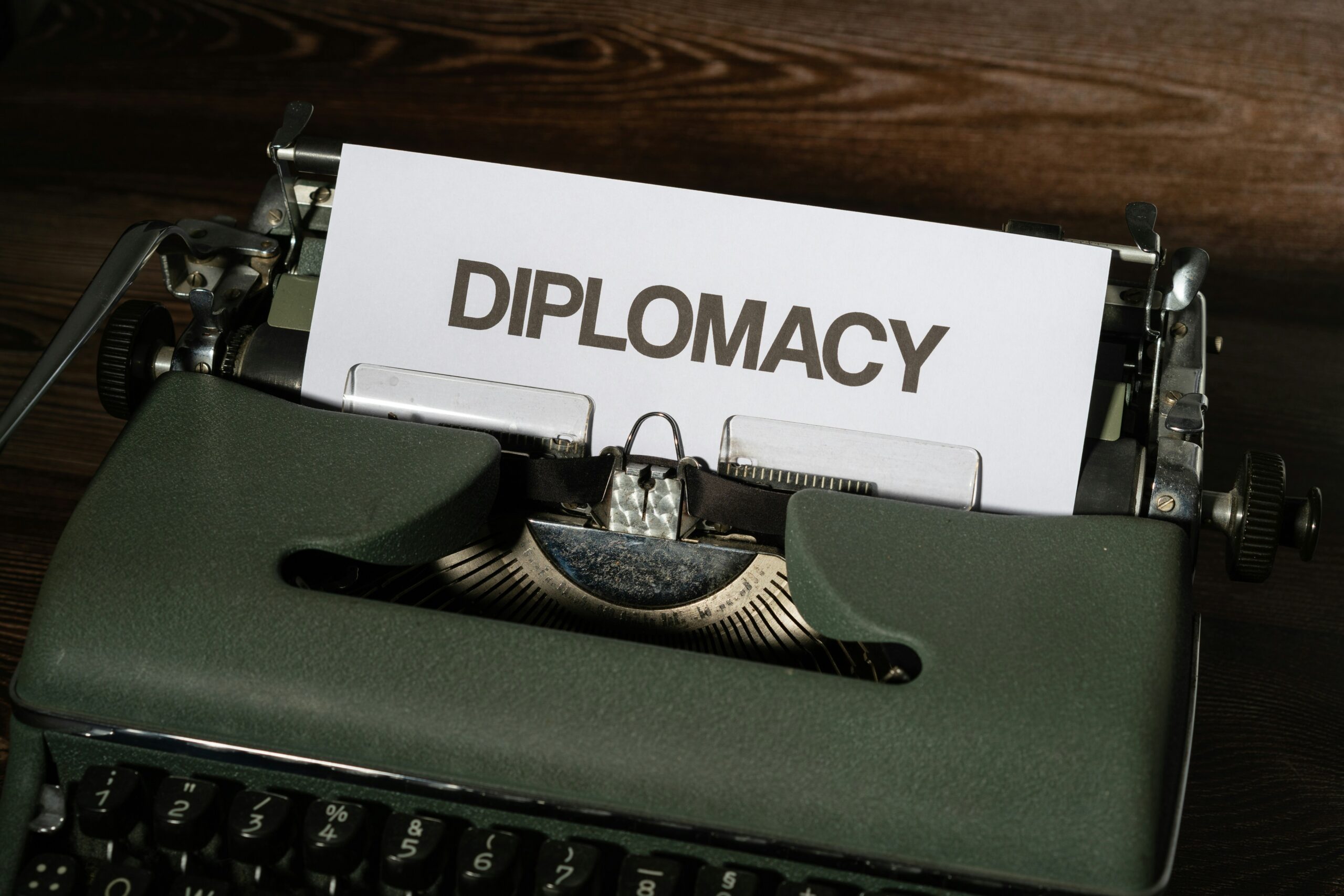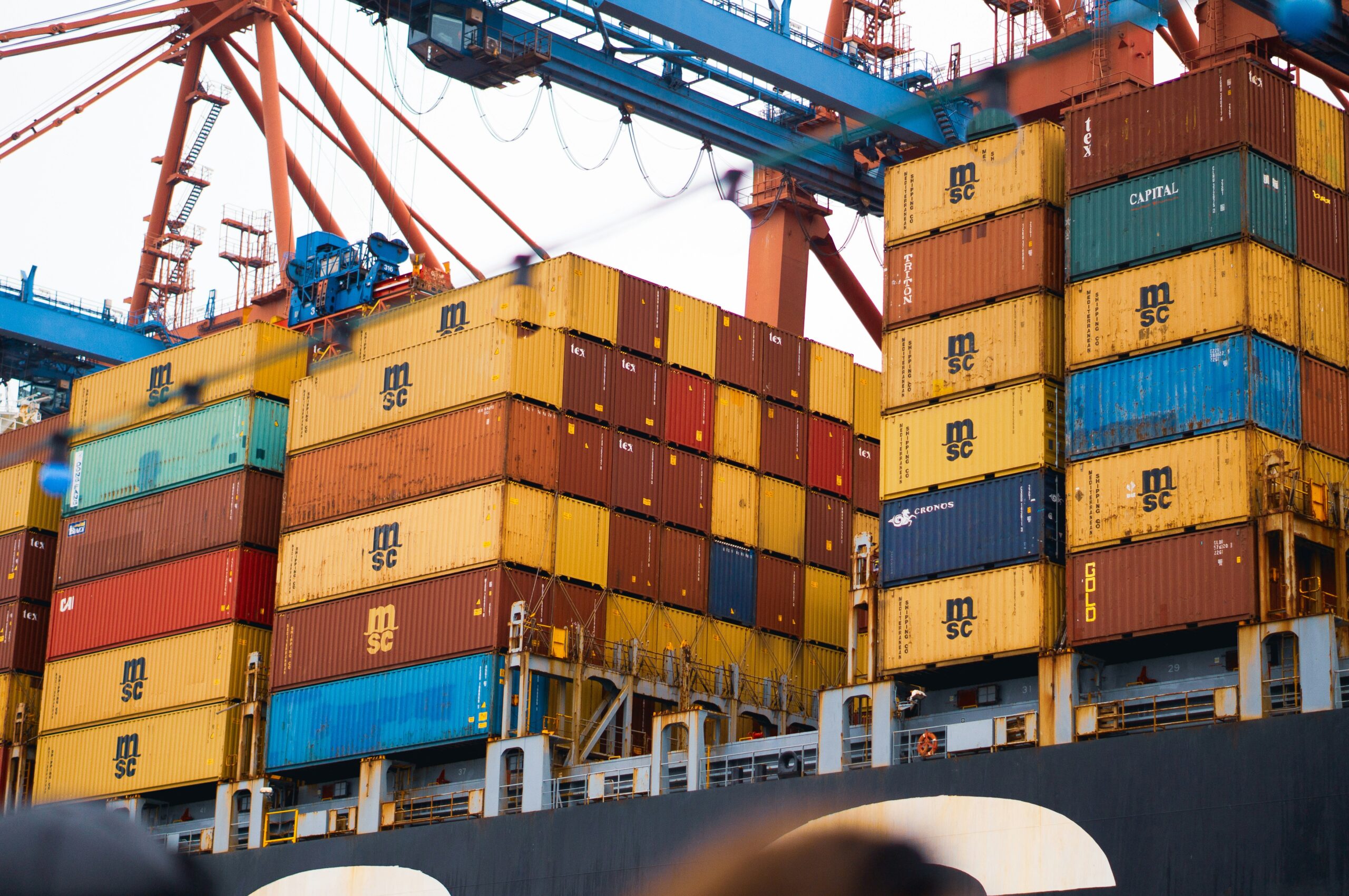The Islamic Republic of Mauritania, which is situated on Africa’s northwest coast, exported commodities worth an estimated $3.27 billion in 2021.
This sum of money has increased by 58.8% since 2017 and by 10.9% between 2020 and 2021.
The Mauritanian ouguiya has lost value against the US dollar since 2017 by a total of -3.9%, and from 2019 to 2020, it lost value by a total of -1.4%. Tajikistan’s exports are relatively less expensive for foreign buyers because of its weaker local currency compared to stronger US dollars.
Iron ores or concentrates, mollusks, unwrought gold, frozen whole fish, and copper ores or concentrates are Mauritania’s top 5 exports in terms of value.
That group of five top international shipments accounts for 92.4% of all the money Mauritania made from exporting goods in 2021.
A portfolio of export goods with such a high concentration is indicated by the high proportion.
With a population of 4.24 million, Mauritania’s $3.27 billion in exports in 2021 equates to about $800 for each citizen of the country in northwest Africa. The per-capita amount is higher than the 2020 average of $700.

Mauritania’s Top Exports
The following export product categories will account for the bulk of Mauritanian shipments abroad in 2021 in terms of dollar value. The percentage of each export category’s total exports from Mauritania is also displayed.
- Ores, slag, ash: US$2 billion (62.7% of total exports)
- Fish: $693.5 million (21.2%)
- Gems, precious metals: $324 million (9.9%)
- Food industry waste, animal fodder: $120.7 million (3.7%)
- Animal/vegetable fats, oils, waxes: $23.7 million (0.7%)
- Machinery including computers: $11.4 million (0.3%)
- Mineral fuels such as oil: $10.3 million (0.3%)
- Meat/seafood preparations: $9.4 million (0.3%)
- Fertilizers: $7.4 million (0.2%)
- Plastics, plastic articles: $4.5 million (0.1%)
The top ten exports of Mauritania accounted for 99.5 % of the total value of its global shipments.
Ores, slag, and ash were the fastest-growing export categories, increasing by 65.1 % between 2020 and 2021. Higher worldwide sales of iron ores or concentrates, and to a lesser extent copper ores or concentrates, boosted this group.
Plastics, both as a material and in finished products, came in second for increasing export sales with a 40.5% increase.
Fertilizer exports from Mauritania experienced the third-fastest increase in value, rising by 36.4%.
Gems and precious metals were the top export category for Mauritania in terms of year-over-year declines, with a drop of -57.9% caused by lower international gold export sales.
The most valuable export from Mauritania was iron ores and concentrates, accounting for 54.8% of all exports at the four-digit Harmonized Tariff System code level. Molluscs (11.3%) came in second place, followed by raw gold (9.9%), frozen whole fish (8.5%), and copper ores or concentrates (7.9%).
Products Creating Greatest Trade Surpluses for Mauritania
The shipments of the following Mauritanian goods show positive net exports or a trade balance surplus. According to Investopedia, net exports are calculated as total exports less total imports for a certain nation.
In a nutshell, net exports are the difference between domestic spending on goods and services and domestic spending on goods and services from abroad.
- Ore, slag, and ash: $2 billion (Up by 65.4 % since 2020)
- $690.5 million for fish (Up by 4.4%)
- Precious metals and gems: $184.9 million (Down by -76%)
- Food waste and animal fodder: $104.8 million (Down by -12.8%)
- Meat/seafood preparations: $7.1 million (Down by -38.8%)
- Lead: $797,000 (Up by 82.8%)
- Other basic metals: $312,000 (Reversing a -$5,000 deficit)
- Other basic metals: $312,000 (a -$5,000 surplus)
- Raw hides, skins other than furskins, and leather: $127,000 (Down by -50%)
In the international trade of iron and copper ores or concentrates, Mauritania enjoys significantly favorable net exports. These cashflows, in turn, demonstrate Mauritania’s substantial competitive advantages in the ores, slag, and ash product category.



